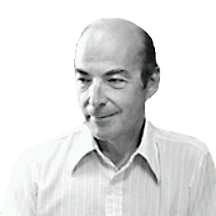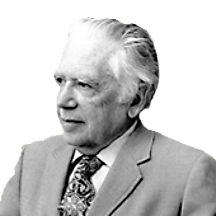Emilio Segre was born in Tivoli, Italy, in 1905. He began his engineering studies in Rome and later moved over to physics, which he studied under Nobel laureate Enrico Fermi .He was awarded his doctorate in 1928. He taught at Rome University and was appointed Head of the Physics Department at the University of Palermo in 1936.
In 1938, in the wake of the anti-Semitic regulations in the civil service enacted by the fascist government, Segre emigrated to the United States, where he joined the University of California at Berkeley.
He became an American citizen and participated in the American effort to build the atomic bomb. After his retirement in 1978, he returned to Rome University where he died in 1989.
In 1959, Emilio Segre was awarded the Nobel prize for physics, together with Owen Chamberlain, “for their discovery of the antiproton.”
The proton is a positively charged particle that is found in varying numbers in atomic nuclei. The antiproton is a similar particle, but is negatively charged. The disparity between their charges turns every encounter into a dramatic event in which they nullify one another .
one of the discoverers of the antiproton.




